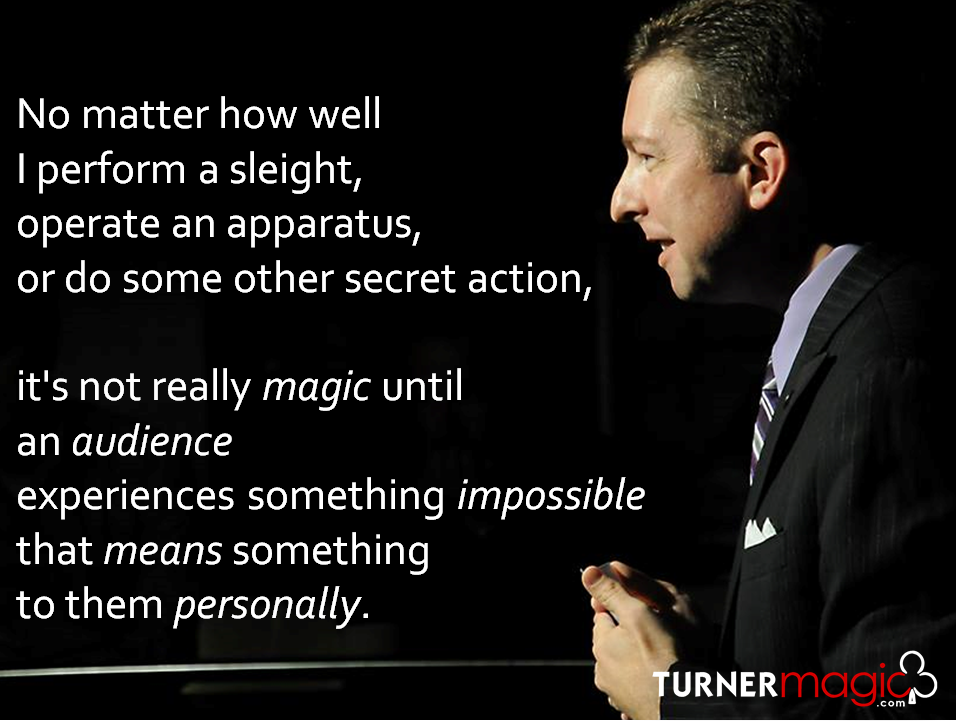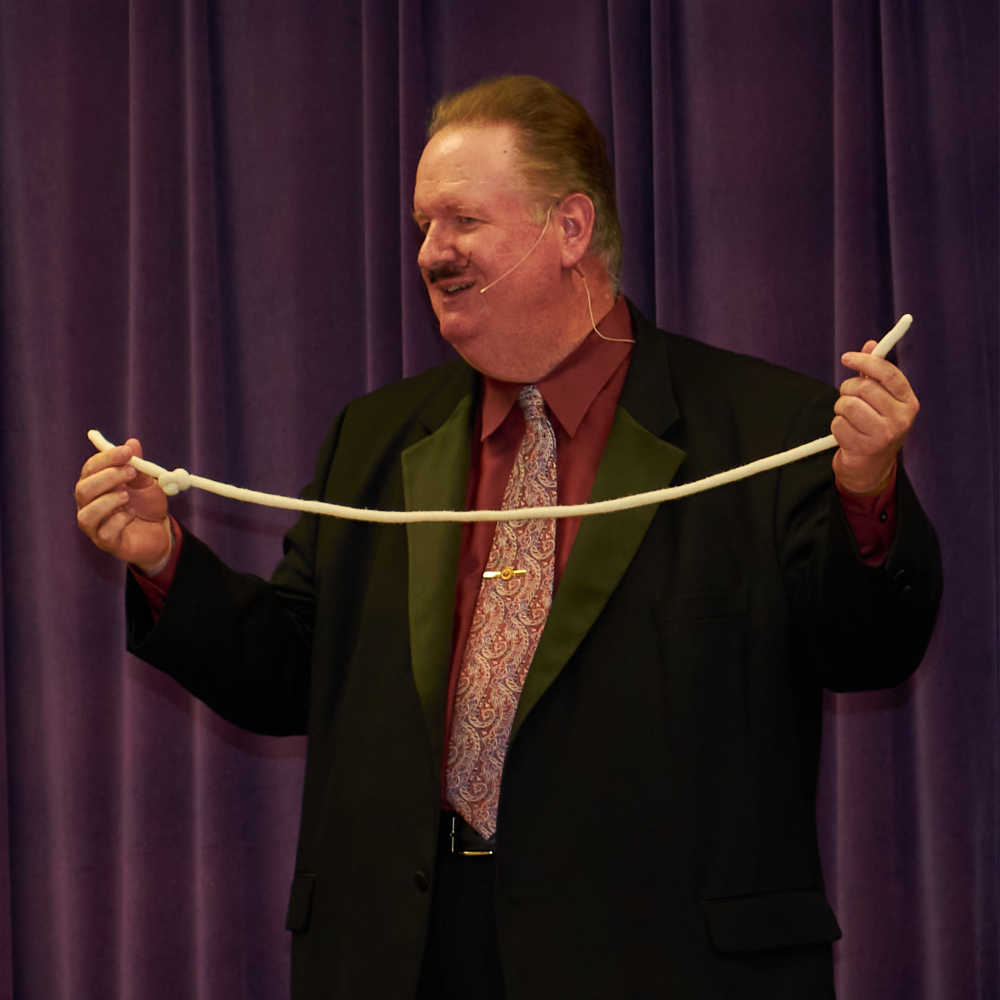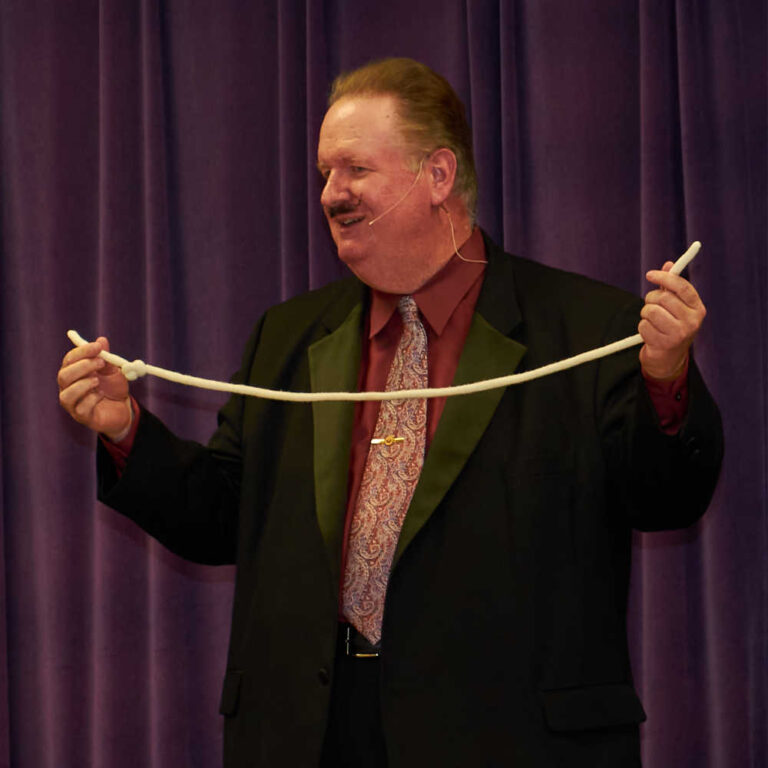4 Must-Have Components of Effective Magic (and Branding!)
It pains me to say it, but there’s a lot of ineffective magic out there. Magic that people don’t get, don’t like, don’t remember, and ultimately don’t want.
Very often, performers may nip at the edges of amazing experiences. Sometimes, some audiences may be engaged for a moment, or think a performer is clever, or be fascinated by great skill, or even enjoy the temporary spectacle of a show… but the overall experience somehow doesn’t quite qualify as “magical.” Why is that?
I suggest to you that there are 4 necessary components of truly effective magic, and that they can be summed up in one sentence.
No matter how well I perform a sleight, operate an apparatus, or do some other secret action, it’s not really magic until an audience experiences something impossible that means something to them personally.
The Magic Side
That’s a statement that is going to take a little unpacking. Here are the four criteria, each spelled out in a bit more detail.
 1. Magic requires an audience.
1. Magic requires an audience.
It can be fun and rewarding to practice a technique to perfection, or to develop a new routine, or to work out a new plot. Rehearsing can give you exciting glimpses of what you may be able to accomplish with the art. But it’s not magic until there’s an audience to experience it. In fact, “performing magic” is somewhat misleading phrase. Magic is a witnessed phenomenon, not a performed one.
Magic is not performed until it is witnessed.
2. Magic requires mystery.
It can be fun to solve a puzzle, or to engage in some clever wordplay, or to peek behind the curtain. But once it happens, the sensation of magic is destroyed. It’s not magic if the illusion is penetrated. Poor technique, equipment failure, or a lack of good design can all endanger or eliminate the magical experience.
Magic explained is not magic.
3. Effective magic has a meaningful context.
Walk onstage, push a giant needle through a balloon, and walk off. You might get a smattering of applause. But even the simplest illusion, given some dramatic framework or connection to the world, becomes more powerful. Is the illusion about your comic failure to make the balloon burst as expected? Is it about challenging expectations? Is it about surprising strengths? If it’s just a puzzle, it’s not really magic. Presentation counts as much as technique.
Give magic a “why” to heighten its impact.
4. Effective magic connects with people personally.
Good magic has a context that gives it a meaning, answering the question “Why are you doing that?” But to go even further, great magic connects to something the audience values, answering the question, “Why should I care?” Whether you are physically doing close-up magic in a spectator’s own hands, or scripting an illusion to perform for a thousand people, find a way to relate what you’re doing to something the audience cares about.
Give your audience a reason to care about the magic.
Interestingly, if you consider each of those points, I suspect you’ll see that they apply just as much to branding, marketing, and customer experience issues as they do to the performance of magic.
What can you do today to change the way you communicate and engage your audience so that their experience with your brand is more magical?

 1. Magic requires an audience.
1. Magic requires an audience.




